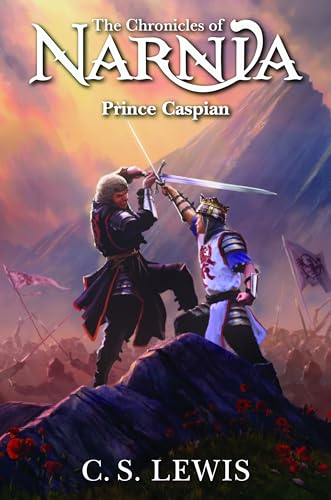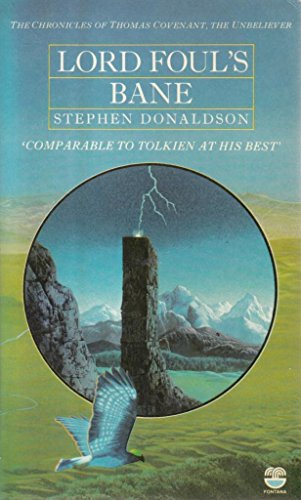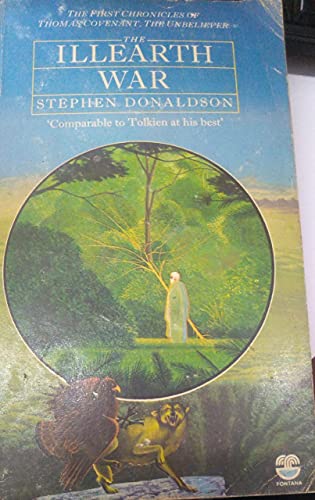Summary
Prince Caspian: The Return to Narnia is the second published book in C. S. Lewis’s beloved Chronicles of Narnia series.
The story takes place one year after the events of The Lion, the Witch and the Wardrobe in our world, but 1,300 years have passed in Narnia. The four Pevensie children – Peter, Susan, Edmund and Lucy – are unexpectedly pulled back into the magical land of Narnia while waiting for a train to take them to boarding school.
Upon their arrival, they discover that Narnia has changed dramatically. Their once-grand castle, Cair Paravel, lies in ruins, and the talking animals and mythical creatures of Old Narnia have been forced into hiding. The land is now ruled by the Telmarines, a race of humans led by the tyrannical King Miraz. The rightful heir to the throne, Prince Caspian, has fled the castle after learning that his life is in danger from his uncle, King Miraz, who wants to secure the throne for his newborn son.
Caspian, aided by his tutor Doctor Cornelius, escapes into the forest where he encounters the Old Narnians – talking animals, dwarfs and other magical creatures. He learns of Narnia’s true history and vows to help restore the land to its former glory. Using Queen Susan’s magical horn, Caspian summons help, which brings the Pevensie children back to Narnia.
The children team up with Caspian and the Old Narnians to overthrow Miraz and reclaim the throne. Their journey is fraught with challenges, including battles, treachery and tests of faith. Lucy, the youngest Pevensie, struggles to convince her siblings that she has seen Aslan, the great lion and true king of Narnia, who guides them on their quest.
The story culminates in a dramatic battle between Caspian’s forces and the Telmarine army. With Aslan’s help and the courage of the Old Narnians, Caspian emerges victorious. Miraz is defeated, and Caspian is crowned as the rightful king of Narnia, promising to rule justly and restore the land to its former magical state.
As the story concludes, the Pevensie children must return to their own world. Peter and Susan learn that they have grown too old to return to Narnia, while Edmund and Lucy are told they will visit again. The novel ends with Aslan creating a door in the air, allowing the Telmarines who wish to start a new life to enter our world, while the Pevensies return to England, forever changed by their experiences in Narnia.
Key themes:
- Faith and belief in the unseen
- Courage in the face of adversity
- The struggle between good and evil
- The importance of remembering and honouring the past
- Leadership and responsibility
- The power of unity and cooperation
Character Details
Prince Caspian
Prince Caspian is the titular character and rightful heir to the Narnian throne. Raised as a Telmarine prince, Caspian grows up hearing stories of Old Narnia from his nurse and later his tutor, Doctor Cornelius. He is a brave and noble young man who believes in the magic of Old Narnia despite his upbringing. When his life is threatened by his uncle, King Miraz, Caspian flees the castle and allies himself with the Old Narnians. He shows great leadership potential and a strong sense of justice, vowing to restore Narnia to its former glory and unite both Telmarines and Old Narnians under his rule. Caspian’s journey throughout the novel is one of self-discovery and growth as he learns to embrace his role as the true king of Narnia.
Peter Pevensie
Peter is the eldest of the Pevensie children and the High King of Narnia from the Golden Age. He is brave, chivalrous and often takes on a leadership role among his siblings. In Prince Caspian, Peter faces the challenge of leading an army once again, but this time as a child in a Narnia that has changed dramatically. He struggles with the weight of his responsibilities and the frustration of not being immediately recognised as the High King. Peter’s character arc involves learning to balance his past experiences with his current situation and to trust in Aslan’s guidance even when it’s not immediately apparent.
Susan Pevensie
Susan is the second eldest Pevensie child and was once known as Queen Susan the Gentle. In Prince Caspian, she is portrayed as the most practical and mature of the siblings. Susan is an excellent archer and plays a crucial role in the battles against the Telmarines. However, she also struggles the most with believing in the magic of Narnia, often dismissing Lucy’s claims of seeing Aslan. Susan’s journey in the book involves rediscovering her faith in Narnia and learning to trust her younger sister’s intuition.
Edmund Pevensie
Edmund, the second youngest Pevensie, has grown significantly since his experiences in The Lion, the Witch and the Wardrobe. Once a traitor, he is now loyal, just and often the voice of reason among his siblings. Edmund is more open to believing Lucy’s claims about seeing Aslan, drawing from his past mistakes and lessons learned. His character demonstrates the themes of redemption and growth, serving as a valuable ally to Caspian and a trusted advisor in battle strategies.
Lucy Pevensie
Lucy, the youngest Pevensie, is known for her unwavering faith and ability to see Aslan when others cannot. In Prince Caspian, she faces the challenge of convincing her siblings to trust her visions and follow Aslan’s guidance. Lucy’s pure belief and connection to the magic of Narnia make her a crucial character in the story. Her struggle to be heard and believed by her older siblings reflects the theme of faith in the unseen and the wisdom that can come from the young and innocent.
Aslan
Aslan, the great lion and true king of Narnia, plays a pivotal role in Prince Caspian. Although he is not physically present for much of the story, his influence guides the characters’ actions and decisions. Aslan represents divine wisdom and power, appearing when he is most needed and teaching valuable lessons to the children. His interactions with Lucy highlight the importance of faith and listening to one’s inner voice. Aslan’s role in the story emphasises the themes of good versus evil and the power of belief.
Trumpkin
Trumpkin is a Red Dwarf who becomes a loyal ally to Prince Caspian and the Pevensies. Initially sceptical of the Old Narnian legends and the existence of Aslan, Trumpkin’s journey involves learning to believe in things he cannot immediately see or understand. His practical nature and fighting skills make him a valuable member of the team, while his growing faith in Aslan and the children represents the theme of rediscovering lost beliefs.
Doctor Cornelius
Doctor Cornelius is Prince Caspian’s tutor and a half-dwarf, half-human scholar. He plays a crucial role in educating Caspian about Old Narnia and helping him escape from King Miraz. Cornelius represents the importance of knowledge, wisdom, and the preservation of history. His character embodies the theme of keeping ancient traditions and truths alive even in times of oppression.
Reader Fit
Prince Caspian: The Return to Narnia is an excellent read for fantasy lovers of all ages, particularly those who enjoy stories with rich world-building and themes of good versus evil. The book is especially appealing to:
- Young adults and children who appreciate adventure stories with moral lessons
- Fans of classic fantasy literature and Christian allegory
- Readers who enjoyed The Lion, the Witch and the Wardrobe and want to continue the Narnia saga
- Those interested in tales of courage, faith, and personal growth
- Anyone who loves stories featuring magical creatures, talking animals, and epic battles
CEFR Classification and Learning Suitability
Estimated CEFR Level: B1 (Intermediate)
Prince Caspian is a classic children’s fantasy novel with clear and accessible language, suitable for intermediate learners.
- Vocabulary: The vocabulary is simple and descriptive, typical of fantasy literature aimed at young readers.
- Grammar and Structure: Sentences are mostly simple and compound, with a clear and straightforward narrative style.
- Themes: The novel explores themes of courage, loyalty and the struggle between good and evil, presented in an engaging and accessible way.
- Dialogue and Style: Dialogue is natural and easy to follow, supporting the adventurous and magical tone of the story.
Recommendation:
This book is recommended for intermediate learners who enjoy classic fantasy with clear language and strong themes.
Quick Facts
- Genre: Children’s fantasy, Christian literature
- Publication Year: 1951
- Reading Time Estimate: 4-6 hours
- Notable Awards: None specific to Prince Caspian, but The Chronicles of Narnia series has received numerous accolades and has been a beloved classic for generations.
Related Books
- The Lion, the Witch and the Wardrobe by C. S. Lewis (the first published book in The Chronicles of Narnia series)
- The Magician’s Nephew by C. S. Lewis (the prequel to The Lion, the Witch and the Wardrobe)
- The Hobbit by J.R.R. Tolkien (another classic fantasy adventure with similar themes of courage and growth)


